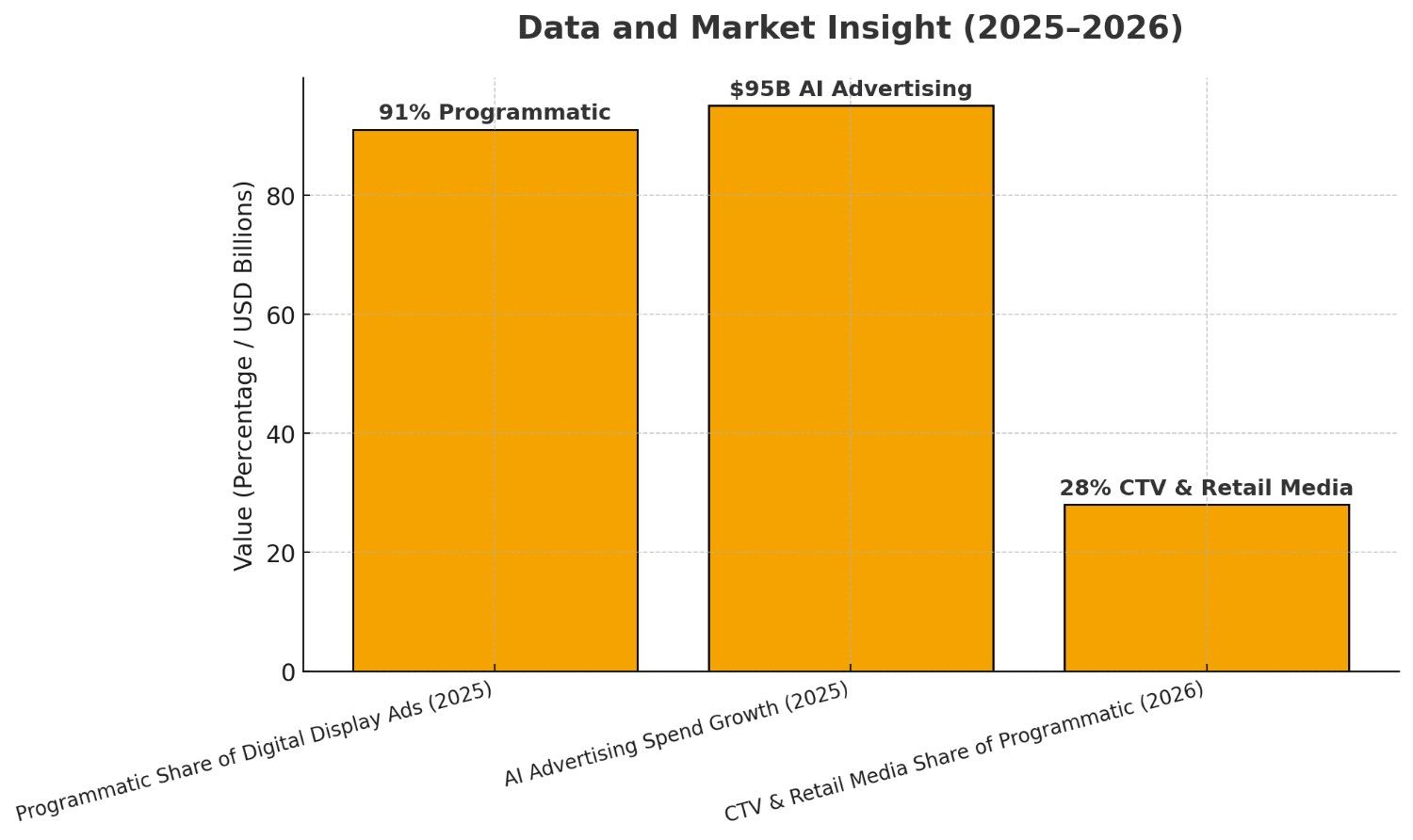Introduction to Outcome-Based Pricing
Digital advertising in 2025 has evolved significantly across the MENA digital advertising ecosystem. Traditional pricing models like CPM and CPC often lead to inefficient ad spending, where advertisers pay for impressions or clicks that don’t convert into tangible results.
Outcome-based pricing (OBP) changes the rules. Instead of paying for activity, brands pay only for verified business outcomes such as leads, sales, or subscriptions. This performance-first approach ensures marketers invest in growth, not guesswork.
Platformance, a Dubai-based performance marketing platform, leads this shift through its Pay Per Outcome (PPO) model. Built on AI-driven optimization, first-party data intelligence, and transparent analytics, Platformance ensures advertisers pay only for measurable value.
Key highlights:
- Advertisers pay only for outcomes that matter (leads, sales, or installs).
- Proprietary analytics ensure fraud levels remain below 8 percent.
- Transparent performance dashboards validate every result.
Learn more about our performance innovation strategies at Platformance.io or explore our Performance Marketing Models guide.
What Is Outcome-Based Pricing?
Outcome-based pricing is a pay-for-results advertising model focused on validated KPIs like qualified leads, confirmed sales, or completed app installs. It aligns ad spend directly with business success.
Examples of outcomes:
- A verified sales lead
- A completed e-commerce purchase
- A high-intent app registration
- A confirmed service booking
According to IAB MENA 2024, nearly 29 percent of digital ad budgets are wasted on non-performing impressions. Outcome-based pricing eliminates this inefficiency by tying spend directly to results, verified through AI-powered tracking and strict validation rules.
Outcome-Based Pricing Model vs Traditional Digital Advertising
Unlike CPC (cost per click) or CPA (cost per action), the Pay Per Outcome model from Platformance focuses on realized business gains. It represents an evolved form of performance-based pricing, often called result-based billing or revenue-linked advertising.
Explore how the PPO model fits alongside CPA and CPL strategies in our related article on Performance-Based Advertising in MENA.
Benefits of Outcome-Based Pricing with Platformance
Outcome-based pricing through Platformance delivers tangible marketing efficiency and better ROI.
Primary benefits:
- Guaranteed outcomes: Payment tied to verified business metrics, not vanity engagement.
- Fraud protection: Less than 8 percent fraud rate through rigorous validation.
- AI optimization: Dynamic learning systems improve conversion targeting.
- Multi-channel reach: Campaigns run across web, mobile, affiliate, CTV, and retail media.
- Cross-category expertise: Success in retail, finance, automotive, and telecom sectors.
Supporting metric: Brands using Platformance’s PPO campaigns have reported an average 2.7x higher ROI versus CPC campaigns across MENA.
Learn how these omnichannel optimizations scale through our resource: Omnichannel Marketing Performance Insights.
Challenges and How Platformance Solves Them
Outcome-based marketing frameworks require precise tracking and deep attribution expertise. Platformance simplifies execution through structured setup, transparent dashboards, and end-to-end campaign support.
Key challenges and solutions:
- Outcome complexity: Simplified with custom KPI mapping and AI validation tools.
- Ad fraud risk: Minimized through strict monitoring and direct publisher integrations.
- Shift from CPC/CPM: Guided onboarding ensures smooth transition to result-based billing.
This adaptable model positions Platformance as a leader in MENA’s Pay For Performance Marketing ecosystem.
Implementing an Outcome-Based Pricing Strategy
Follow this simple framework to build high-performance PPO campaigns with Platformance.
Steps:
- Define measurable KPIs such as qualified leads, completed orders, or app conversions.
- Establish transparent validation criteria for each outcome.
- Launch campaigns across omnichannel touchpoints: search, social, CTV, affiliate, and retail.
- Monitor live dashboards for budget efficiency and verified ROI.
- Continuously optimize using AI-driven creative testing and audience refinement.
Discover advanced campaign setup models in Platformance’s Marketing Automation Hub.
Case Studies and Success Metrics
- Noon: $4.5M incremental GMV generated via performance-based pricing.
- KFC: 2,500 verified orders tracked and validated.
- Stellantis: 647 qualified automotive leads delivered with <8 percent fraud.
Each campaign shows the transparency and reliability that outcome-based frameworks deliver in 2025’s digital landscape.
Future Trends in Outcome-Based Advertising
The industry is moving quickly toward transparent, data-first frameworks.
Upcoming trends:
- Global shift toward data-driven, pay-for-performance models.
- Enhanced attribution accuracy with AI and first-party data integration.
- Post-cookie advertising focused on verifiable, consented outcomes.
- Continuous innovation across retail media and conversion-rate-optimization ecosystems.
Platformance remains committed to shaping this movement through advanced CRO solutions, omnichannel execution, and predictive analytics.
Conclusion
Outcome-based pricing empowers advertisers to replace uncertainty with transparency. Rather than paying for clicks or impressions, brands now pay strictly for measurable business outcomes.
Platformance leads this transformation across the MENA region, offering AI-optimized Pay Per Outcome campaigns, fraud-controlled validation, and full insight transparency.
Next Steps:
- Request a Demo and experience outcome-based advertising firsthand.
- Download the Outcome-Based Marketing Guide.
- Read our insights on Performance-Driven Advertising Trends 2025.




